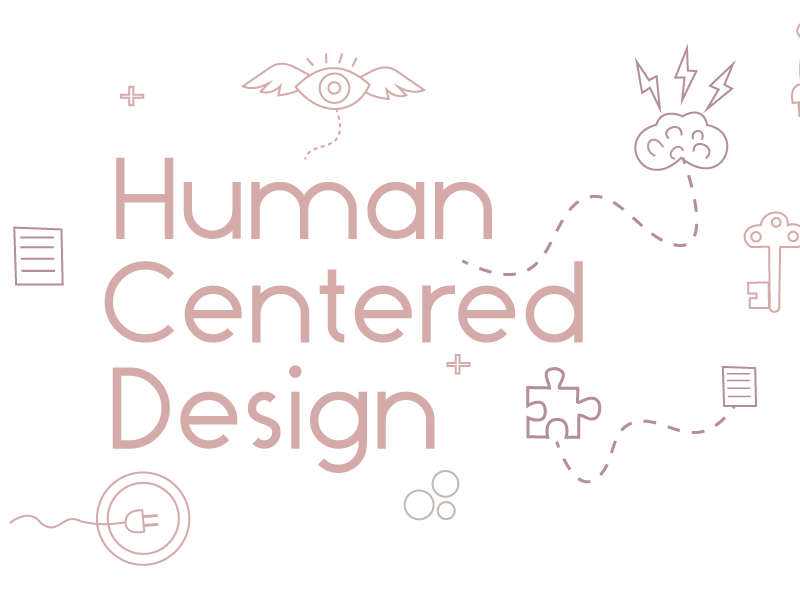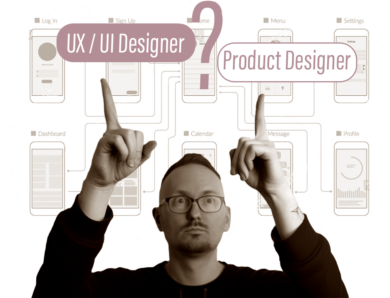
Human Centered Design
HCB is the process to ensuring that people are met, that the resulting product is understandable and usable, that it accomplishes the desired task, and that the experience of use is positive and enjoyable. Effective design needs to satisfy a large number of constraints and concerns, including shape and form, cost and efficiency, reliability and effectiveness, understandability and usability.
Every day new technologies, new applications, a new method of interaction are continually arising and evolving. New industries spring up. But new development seems to repeat the mistakes of early ones.
The solution to all these issues is human centered design an approach that puts human needs, capabilities and behavior first… then Design to accommodate those needs.
“Good design stars with understanding of psychology and technology”.
It requires good communication specially from machine to person, indicating what actions are possible, what is happening and what is about to happen.
Designers need to focus their attention on their cases where things go wrong, not just on when things work as planned.
Human centered design is a design philosophy. It means that starts with a good understanding of people and the needs that the design is intended to meet.
This understanding comes through observation, people are often unaware of their true needs even unaware of the difficulties they are encountering.
HCD avoids specifying the problem, instead iterate upon repeated approximation!!
This is done through rapid test of ideas, and often each test modifying the approach and the problem definition.
Role of HDC process that ensures that the design match the needs and capabilities of people for whom they are intended.
HCD is a philosophy and a set of procedures, whereas the others are areas of focus, HCV add deep consideration and study of human needs to the design process, whatever to product or service, whatever they major focus.
FUNDAMENTAL PRINCIPLES OF ITERATION!
- Great designers produce pleasurable experiences
- Experiences are critical, for determining how fondly people remember their interaction!
- was the overall experience positive?
- was it frustrating and confusing?
all… cognition and emotions are Tightly intertwining, which means that the designer must design with both in mind.
When we interact with a product we need to figure out how to work it and what operations are possible: “discoverability”
Discoverability results from appropriate application of five fundamental psychological concepts:
1.- affordances
2.- signifiers
3.- constraints
4.- mapping
5.- feedback
But there’s a sixth principle, perhaps the most important of all “conceptual models of the system:”
Is the conceptual model that provides true understanding.
1.- Affordances:
Refers to the relationship between a physical object and a person. Is the relationship between the properties of an object and the capabilities of the agent that determines how the object could possibly be used.
The presence of an affordance is jointly determined by the qualities of the object and the abilities of the agent that is interacting.
This definition of affordances gives considerable difficulty to many people.
We used to think that properties are associated with objects. But affordances is not a property. And affordance is a relationship.
Wether and affordance is not a property, it existing depends upon the properties of both (the object and the agent).
But to be effective, affordances and Anti-affordances have to be discoverable and perceivable. The physical objects convey important information about how people could interact with them a proper name “affordances”
Affordances exist even if they are not visible. For designers their visibility is critical: visible Affordances provides strong clues to the operations of things.
Perceive affordances help people figure out what instructions are possible without the need for labels and instructions.
THE SIGNALING COMPONENT OF AFFORDANCES ARE “SIGNIFIERS”
2.- Signifiers:
Refers to any mark or sound, any perceivable indicator that communicate appropriate behavior to a person.
Affordances determine what actions are possible. Signifiers communicate where the actions should take place. We need both.
People need some way to understand the product or service, they search for clues or signs that help cope and understand. Designers need to provide these clues.
What people needs and designers must provide, are signifiers.
Role of signifiers are communicate the best way, the structure and the way to operate the service to the people who is using it.
Signifiers can be deliberate and intentional like “the push sign on the door”, also be accidental and unintentional as “use the visible trail made by previous people today to remind the best path”.
The signifiers is an important communication device; it doesn’t matter if the useful signal was deliberately placed or was incidental.
For example: consider a bookmark a deliberatively placed signifier in a place when reading a book. But the physical nature of books also makes a bookmark an accidental signifier, for it placement also indicates of the book remains …
Wherever their nature, planned or accidental, signifier provide valuable clues as to the nature of the world and of social activities.
Affordances, perceived affordances and signifiers have much in common.
Affordances represent the possibilities for how and agent can interact with something. Some affordances are perceivable, others are invisible, signifiers are signals, sign labels and drawings placed in the word like “push-pull-exit” on doors.
Some signifiers are simply they perceived affordance.
In design signifiers are more important than affordances, because they communicate how to use the design…
4.- Mapping :
Is a technical term from math; meaning the relationship between the elements of two sets of things.
Natural mapping, by which I mean taking advantage of the spatial analogies, leads to immediate understanding.
For example to move an object Up, move the control up. Some natural map are cultural or biological, as in the universal standard that moving the hand up signifies more, moving it down signifies less.
Other natural mapping follows from the principles of perception and allow for the natural grouping or pattering of controls and feedback.
A devise is easy to use when the set of possible actions is visible, when the control display exploit natural mapping.
The principles are simple but rarely incorporate it into design.
Good design care, planning, though, and understanding of how people behave.!!
5. –Feedback:
communicating the results of actions is a know concept from the science of control and information theory.
The human nervous system is equipped with numerous feedback mechanisms, including visual, auditory, touch sensors, as well as Vestibular and proprioceptive system that monitor body position and muscles and limb movement.
Feedback must be immediate even A delay of a tenth of a second can be disconcerting. This is annoying to the people, but can be also a wasteful of resources when the system spend considerable time and resources to satisfy the request, only to find that the intended recipient is not longer there. Feedback must be also informative.
Poor feedback can be worse than no feedback at all, because it’s distracting, uniformity, and in any case is irritating and anxiety provoking. Too much feedback can be even more annoying little. Too many announcements cause people to ignore all of them. Or whatever possible, disable all of them, which means that critical and important ones are up to be dismissed.
For design of feedback can be the result of decisions aimed at reducing cost, even if they make life more difficult for people.
Feedback has to be planned, all actions need to be confirmed, but in a manner that is unobtrusive.
Feedback must be also prioritize. Feedback is essential, but it has to be done correctly. Appropriately.!!
Conceptual models:
Is an explanation, usually highly simplified, of how something works. It doesn’t have to be complete or even accurate as long as it is useful.
Conceptual model is found in technical manuals and books for technique use can be detailed and complex. The ones we are concerned with here are simpler: “they reside in the mind of the people who are using the products, so they are also mental models”.
Mental models, are the mental conceptualization in peoples mind, that present their understanding of how things work.
Conceptual models are often inferred from the device itself. Usually the device itself offers very little assistance, so the model is constructed by experience.
The mayor clues to how things work, come from the perceived structures. In particular from signifiers, Affordances , constraints and mappings.
Conceptual models are valuable in providing understanding, a good one allows us to predict the effect of our actions. Without a good model we operate by the rote, blindly.
For every day things, conceptual models don’t need to be very complicated. There is no need to understand the underlying physics of chemistry of each device we own, just the model presented to us and the relationship between the controls and the outcomes.
When the model resented to us is inadequate or wrong, we can have difficulties.
System image:
People create mental models of them self, others, the environment, and the things with which they interact.
These are concepts models form through experience, training, and instruction. These models serve as guide to help to achieve our goals and in understanding the world.
How do we form an appropriate conceptual model for the device we interact with?
We rely in the information is available to us: what the device looks like, what we know from used similar things in the past, what was told to us in the sales literature, by the sales people and advertisement, by articules we may have read, by the product website and instructions manuals .
When the image system is incoherent or inappropriate, users cannot easily use the device. It is incomplete or contradictory, there will be trouble. The designers conceptual models is the designers conception of the product occupying one vertex of the triangle.
The product itself is no longer with the designer, so it is isolated as a second vertex.
The system image is what can be perceived from the physical structure that has been built.
The user conceptual model comes from the system image, through interaction with the product, reading, researching for online information, and from what ever manuals are provided.
taken from the Don Norman book “the design of everyday things”





No Comment